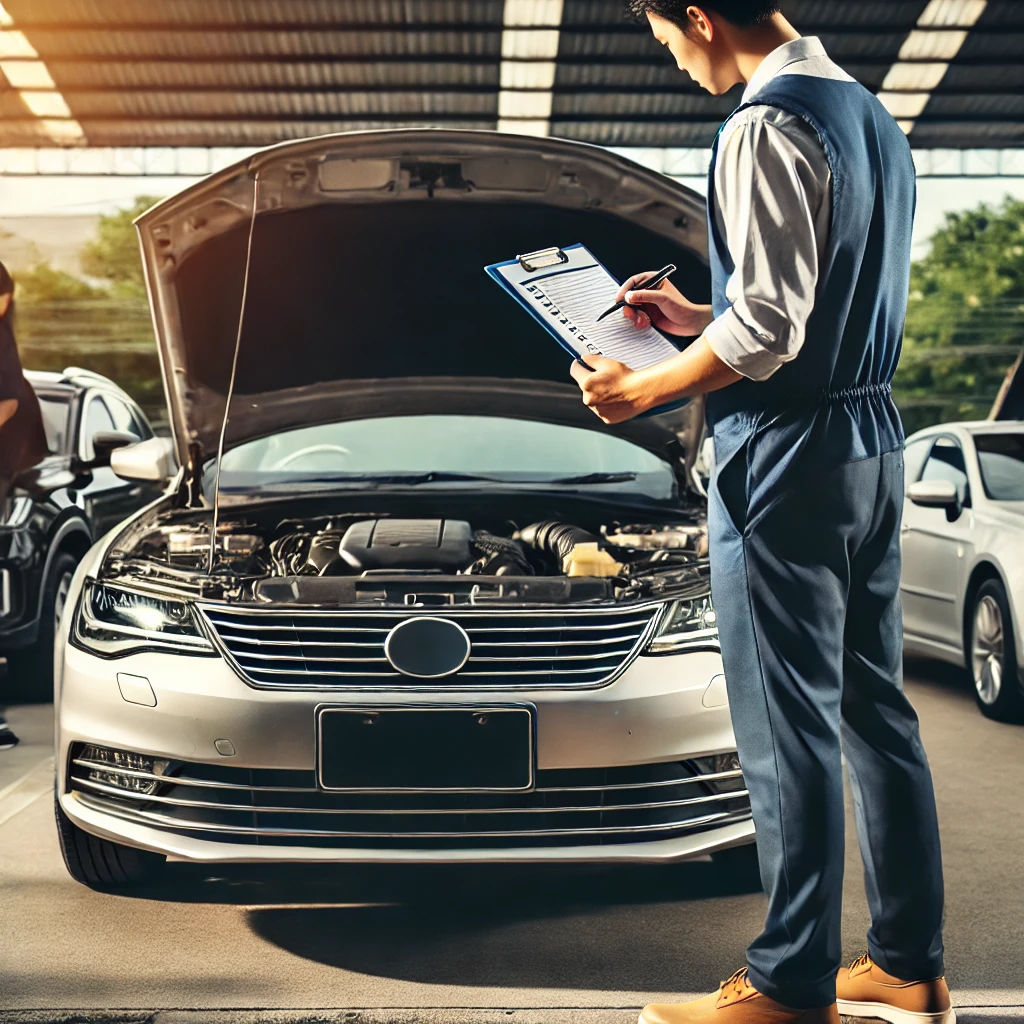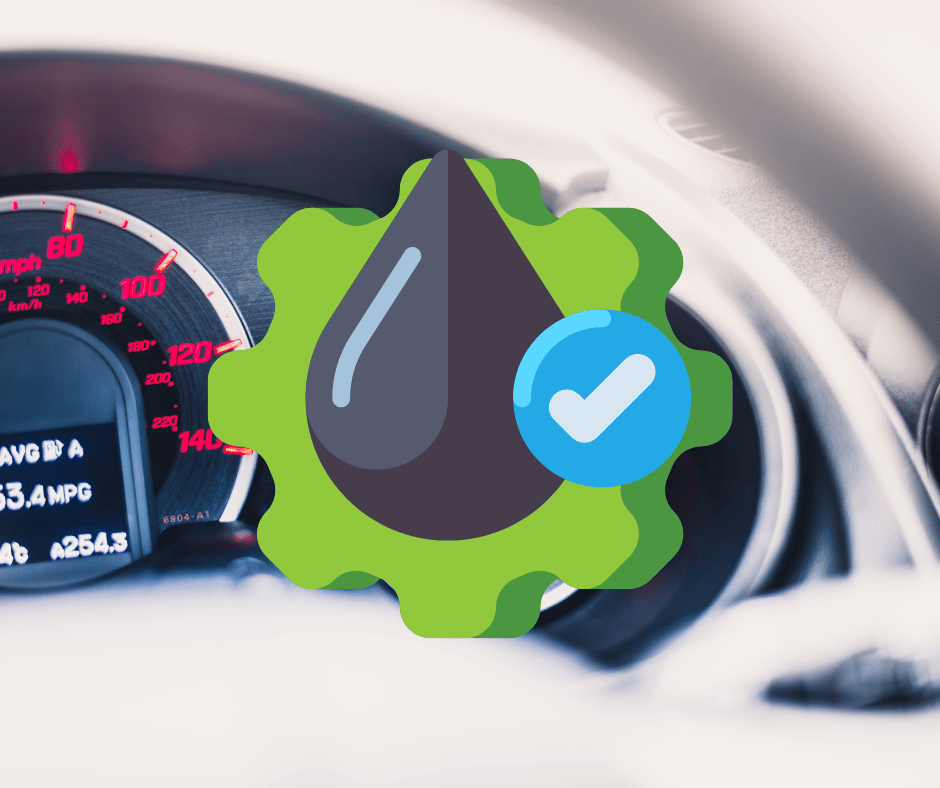Buying a used car can be a rewarding experience, especially if you know how to properly inspect the vehicle before making a decision. A thorough inspection can help you avoid potential issues and ensure that you are investing in a reliable vehicle. This guide covers all aspects of inspecting a used car, from the exterior condition to under-the-hood components. Let’s dive into the key steps to take when inspecting a used car.
Why Inspecting a Used Car is Crucial
When buying a used car, you’re stepping into a transaction that might seem like a gamble. Many vehicles have unseen wear or mechanical issues that the untrained eye can easily overlook. Skipping a detailed inspection increases the risk of inheriting problems that could lead to costly repairs down the line.
Common issues, such as engine trouble, transmission faults, or even hidden accidents, can be hard to spot during a quick look. A careful inspection gives you the chance to identify these red flags, ensuring you purchase a car that not only meets your budget but also serves you well on the road.
Setting Your Budget and Knowing Your Needs
Before you even start looking at cars, it’s crucial to establish a budget. Think about how much you’re willing to spend and how this vehicle fits into your financial picture. Beyond the initial purchase price, factor in ongoing costs such as insurance, fuel, maintenance, and potential repairs.
Identify the type of car that suits your needs. Are you looking for a family-friendly SUV, a fuel-efficient sedan, or perhaps a rugged truck? Consider your driving habits and lifestyle to find a car that aligns with your daily requirements.
Research the Car’s Make and Model
Not all cars are built the same. Some models are notorious for specific issues, while others are celebrated for their long-lasting performance. Doing your research before you inspect a car can give you valuable insights into what to expect from certain makes and models. Look up online reviews, reliability ratings, and any common problems associated with the vehicle you’re considering.
For example, certain cars might have a reputation for faulty transmissions, while others could have issues with electrical components. Knowing what to expect helps you be more informed during your inspection.
Check the Vehicle’s History Report
A vehicle history report is an essential part of your pre-purchase inspection. This report provides key details about the car’s past, including any accidents, repairs, or title issues. It can also reveal if the car has been in a flood, used as a rental, or has had its odometer tampered with.
You can obtain a vehicle history report through services like Carfax or AutoCheck. Look out for red flags like repeated repairs, major accidents, or any discrepancies in mileage, as these could indicate a troubled past for the vehicle.
Exterior Condition Inspection
When you first approach the car, inspect the exterior closely. Start by walking around the vehicle and examining the body for dents, scratches, or rust spots. Pay special attention to the paint, as mismatched colors or uneven textures might signal that the car has been in an accident and undergone repairs.
It’s also important to check the car’s frame. Inspect the door gaps and panel alignment. If anything seems uneven or misaligned, it could suggest a previous accident that was poorly repaired. Don’t forget to look at the roof for signs of hail damage or any other impacts that could compromise the car’s structural integrity.
Inspecting for Rust and Corrosion
Rust is one of the biggest enemies of a used car. It can start small and spread quickly, compromising the vehicle’s strength and safety. Look for rust in common areas, such as the wheel wells, under the doors, and along the car’s frame. If you find any rust spots, press gently to see if the metal is still solid or if the rust has penetrated deeper.
Surface rust can often be treated or repaired, but extensive corrosion is a major red flag. Rust on structural components, such as the car’s frame or suspension, could make the vehicle unsafe to drive.
Tire Condition and Alignment
The condition of a car’s tires can tell you a lot about its overall health. Check all four tires for even wear. Uneven tire wear could be a sign of misalignment, suspension issues, or even frame damage. Additionally, check the tire tread depth to ensure that they still have plenty of life left.
A quick way to check the tread is by using the “penny test.” Insert a penny into the tread with Lincoln’s head facing down. If you can see the top of Lincoln’s head, the tread is too low, and the tires need to be replaced.
Examining the Windshield and Windows
A car’s windshield and windows are crucial for visibility and safety. Inspect the windshield for any cracks or chips, especially in the driver’s line of sight. Even small cracks can spread over time and may require a costly replacement.
Check that all windows operate smoothly, both manually and electronically. Make sure there are no signs of leaks around the window seals, as water damage can lead to rust or mold problems inside the car.
You Can Also Read : How to Choose the Best Car Accessories for Comfort and Style
Inspecting Lights and Signals
It’s important to ensure that all of the car’s lights are working properly. This includes the headlights, brake lights, turn signals, and reverse lights. Turn on each light individually and check for any dimming or malfunction. Faulty lights may indicate electrical issues, which could be expensive to repair.




